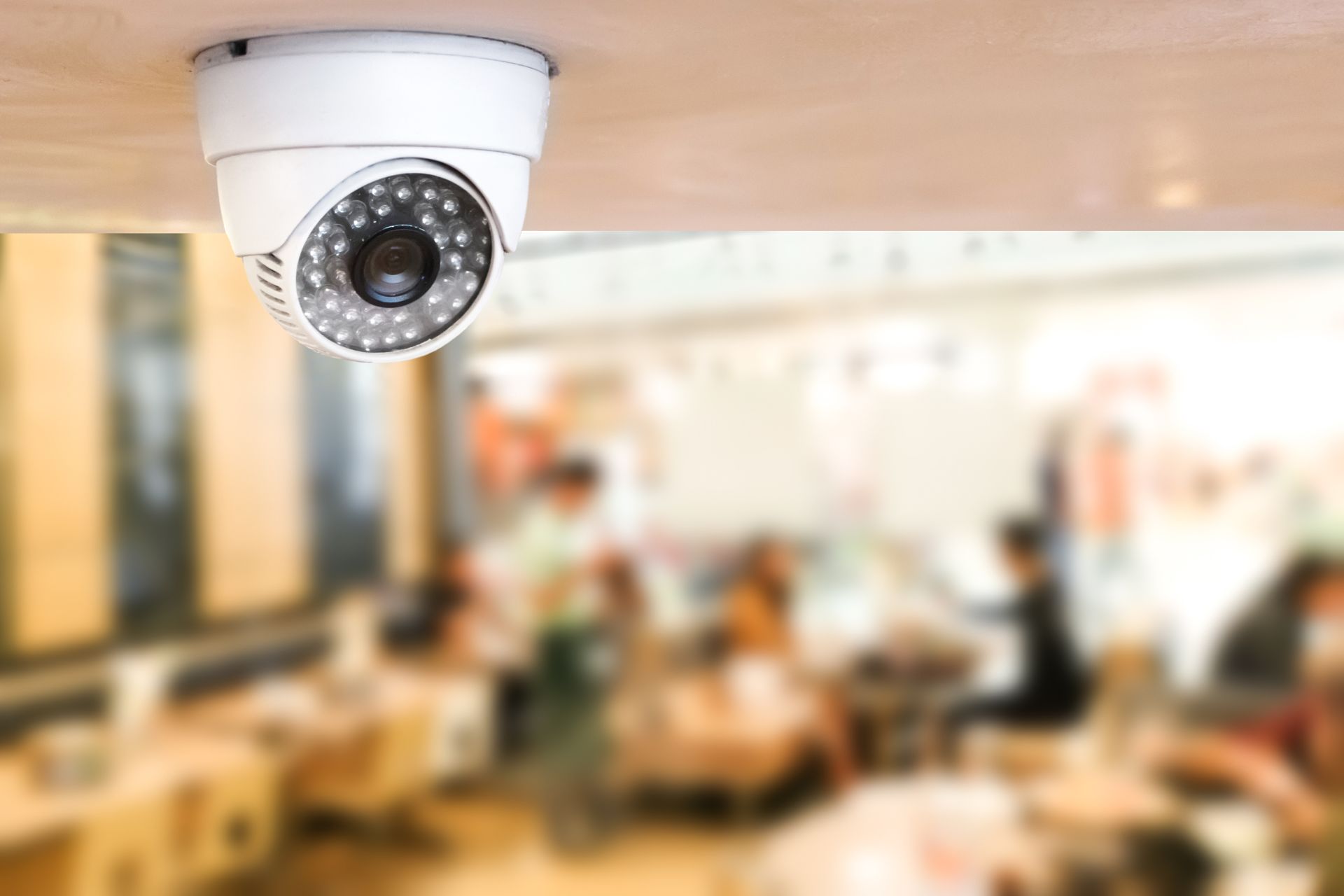Frequently Asked Questions
CCTV cameras significantly enhance workplace safety in industrial settings by providing continuous surveillance and monitoring of high-risk areas, thereby mitigating potential hazards and ensuring compliance with safety protocols. These advanced video surveillance systems enable real-time observation of machinery operations, employee interactions, and adherence to safety regulations, which is crucial in environments where heavy equipment and hazardous materials are present. By utilizing features such as motion detection, night vision, and remote access, CCTV cameras facilitate prompt incident response and accident investigation, allowing safety managers to analyze footage for identifying unsafe practices or equipment malfunctions. Furthermore, the presence of visible surveillance can deter unsafe behavior and promote a culture of accountability among workers, ultimately leading to a reduction in workplace injuries and enhancing overall operational efficiency. In addition, integrating CCTV with alarm systems and access control can further bolster security measures, ensuring that only authorized personnel are present in sensitive areas, thus contributing to a safer industrial environment.
The legal implications of installing CCTV cameras in residential areas encompass a range of privacy concerns, data protection regulations, and local ordinances that govern surveillance practices. Homeowners must navigate the complexities of consent, particularly regarding the recording of individuals in public spaces versus private property, as unauthorized surveillance may lead to potential violations of privacy rights. Additionally, compliance with laws such as the General Data Protection Regulation (GDPR) in Europe or similar legislation in other jurisdictions is crucial, as these laws dictate how personal data captured by surveillance systems must be handled, stored, and shared. Furthermore, the placement of cameras must consider the reasonable expectation of privacy, ensuring that they do not intrude on neighboring properties or common areas, which could result in civil disputes or legal action. Ultimately, understanding the intersection of property rights, privacy laws, and community regulations is essential for homeowners to mitigate legal risks associated with the deployment of CCTV systems in residential settings.
CCTV footage serves as a critical piece of evidence in criminal investigations by providing visual documentation of events, locations, and individuals involved in a crime. This surveillance technology captures real-time recordings that can be analyzed for identifying suspects, corroborating witness statements, and establishing timelines. Law enforcement agencies often utilize video analytics and forensic video analysis to enhance image quality, track movements, and extract relevant details, such as vehicle license plates or distinguishing features of individuals. Additionally, the chain of custody for the footage must be meticulously maintained to ensure its admissibility in court, as any tampering or loss of integrity could undermine its evidentiary value. Furthermore, CCTV footage can be pivotal in corroborating other forms of evidence, such as forensic evidence or digital footprints, thereby strengthening the overall case against a suspect. In summary, the integration of CCTV footage into criminal investigations not only aids in the identification and apprehension of offenders but also plays a vital role in the judicial process by providing objective, visual evidence that can be scrutinized during legal proceedings.
Analog and digital CCTV systems exhibit significant differences in image quality, primarily due to their respective technologies and resolutions. Analog systems typically utilize coaxial cables to transmit video signals, resulting in lower resolution images, often limited to 480p or 720p, which can lead to issues such as signal degradation over distance and susceptibility to electromagnetic interference. In contrast, digital CCTV systems leverage IP technology, allowing for higher resolutions, often exceeding 1080p, and even reaching 4K or higher, which enhances clarity and detail in captured footage. Digital systems also support advanced compression algorithms, such as H.264 or H.265, which optimize bandwidth usage while maintaining superior image fidelity. Furthermore, digital cameras often incorporate features like wide dynamic range (WDR), low-light sensitivity, and image stabilization, contributing to enhanced performance in varied lighting conditions. Overall, the disparity in image quality between analog and digital CCTV systems is marked by the latter's ability to deliver sharper, more detailed, and more reliable video surveillance, making it a preferred choice for modern security applications.
Smart CCTV cameras seamlessly integrate with home automation systems through advanced connectivity protocols such as Wi-Fi, Zigbee, or Z-Wave, enabling real-time surveillance and remote monitoring. These intelligent security devices utilize motion detection, facial recognition, and cloud storage to enhance home security while providing users with instant alerts via mobile applications. By connecting to a central hub, smart cameras can interact with other IoT devices, such as smart locks, lights, and alarms, creating a cohesive smart home ecosystem. This integration allows for automated responses, such as triggering outdoor lights when motion is detected or locking doors when the homeowner leaves the premises. Additionally, voice-activated assistants like Amazon Alexa or Google Assistant can control these cameras, allowing for hands-free operation and enhanced user convenience. Overall, the synergy between smart CCTV cameras and home automation systems fosters a comprehensive security solution that prioritizes safety, efficiency, and user experience.

